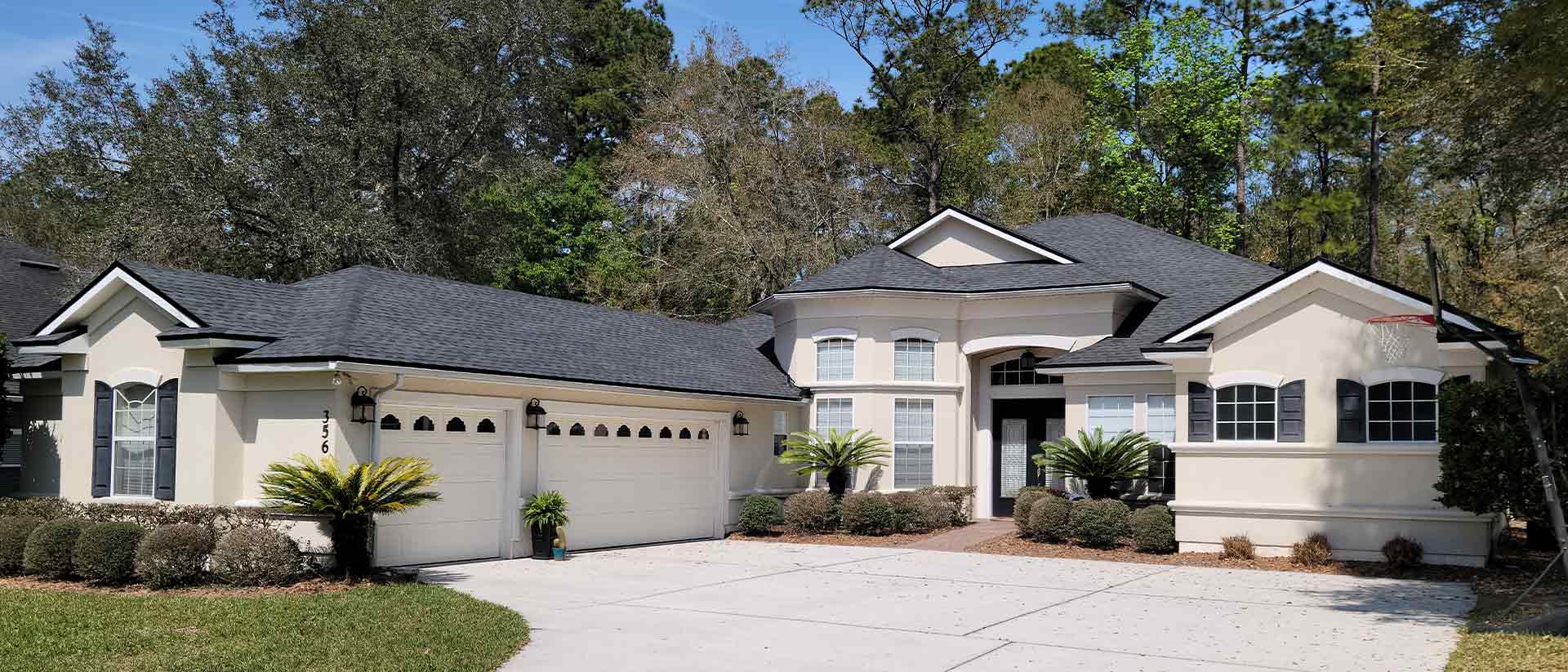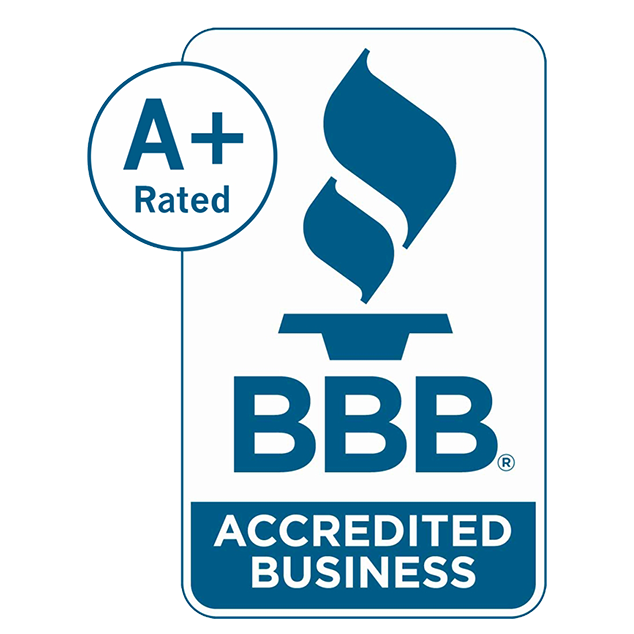The Damage Heat and Humidity Can Do To Your Roof
If you live in a subtropical climate like Florida and Georgia, roof venting moves the heat that the sun produces out of the attic, or out from under the roof. A key benefit of ventilation in a warm-weather climate is to keep your home’s cooling system from overworking.
Another benefit of ventilation is that it prevents the damage that extreme heat and humidity can do to your roof. Therefore, it’s important to know what types of damage can occur and what a roofing contractor can do to correct the problem.
The Damage Heat Causes
Hot temperatures cause wood roof rafters, roofing joists and roof decking to expand. Support beams that expand can also cause roof flashing sealant to stretch and break. While metal flashing is more durable, sunlight can damage plastic flashing. Damaged flashing allows water to seep into your home, which can lead to mold and mildew problems.
Heat also shrinks shingles, causing the nails that hold the shingles in place to pop up. Nails that pop up from below can cause blisters in the shingles. If you have a professional roofer check your roof and he or she finds that nails have popped and the shingles are raised, it may be necessary to replace at least part of the roof.
Heat from the sun isn’t your roof’s only enemy. If your home has an attic or overhead crawl space, heat rising up from below can cause blisters and cracks in asphalt roofing shingles. When attic areas are poorly ventilated, excessive heat can cause blisters to form, especially on newer roofs. While blisters don’t always cause roof leaks, you may need to reshingle the roof sooner than you expected if widespread blisters make your roof look like it’s in bad shape.
The Damage Moisture Causes
Warm air holds moisture, and moisture can damage the wood materials used in the structure of your home’s rooftop. High humidity levels may not only damage roof decking but also roofing shingles. When shingles become damaged or worn, strong wind gusts can lift loose shingles and tear them off the roof.
Moisture trapped in an attic or crawl space is another problem that can lead to mold forming on roof rafters, roofing joists and attic floor joists. Both mold and moisture weaken plywood roof sheathing, eventually causing the layers of the plywood to separate. If the problem is so severe that the sheathing needs to be replaced, then the roofing shingles must be removed and replaced as well.
Mold Damage
Excess moisture trapped in your roof can lead to wood rot, which deteriorates a timber roof structure if the problem isn’t fixed early on. Depending on the extent of damage, roof rafters that show signs of decay caused by mold growth may need to be repaired or replaced.
If mold has caused only minor damage to sheathing, roof rafters or other roofing timber, a professional roofer may recommend cleaning the wood and then painting it with an alcohol-based primer. While this usually kills the mold spores and seals the surface to prevent the mold spores from spreading, you still need to identify the source of the moisture problem and correct it.
Damage Due to Condensation
Holes or leaks in the roof through which warm air can pass aren’t the only causes of condensation buildup. In some cases, the cause of condensation on rafters and sheathing is due to inadequate insulation or venting bathroom and clothes dryer exhausts into the attic area. If you notice mold growth on wood in the attic, add insulation or vent exhausts through the wall to the outside.
Many roofers caution against venting exhausts through the roof. Cutting into a roof makes an opening that allows moisture to enter. Although roof flashing and roof boots around pipe vents help prevent water from seeping inside, any openings in the roof can let moisture in unless properly maintained.
How Roofing Ventilation Helps
Proper ventilation helps protect your roof from the detrimental effects of heat and humidity. Air circulation keeps heat and condensation from building up on the underside of the roof sheathing. Your cooling system will also work more efficiently when hot air can escape through a vented roof.
Adequate roof ventilation is especially important in newer, energy-efficient homes. Since newer homes are built to be more air-tight, condensation is more likely to occur. Ridge vents, soffit vents and gable vents are different forms of roof vents. A roofing contractor can recommend the type of roofing ventilation system that will work best for your home based on the climate where you live and the design of your home’s roof.
Exhaust vents, such as ridge vents, allow hot air to escape from your home. Intake vents allow outside air to enter the attic or overhead crawl space. The intake vents then force hot air on the inside out through the ridge vents.
If you need advice on how to preserve the life of your roof, the roofing professionals at J&M Roofing. are ready to come out and inspect your roof.
Our contractors have the knowledge and experience to handle any roofing project, no matter the size and scope. Call us today to schedule a free consultation with one of our experts.
We’ll begin by assessing the current condition of your roof and will develop the best plan based on your circumstances. We can help you decide if repairs will be an adequate fix or if it’s a better investment to re-roof.





